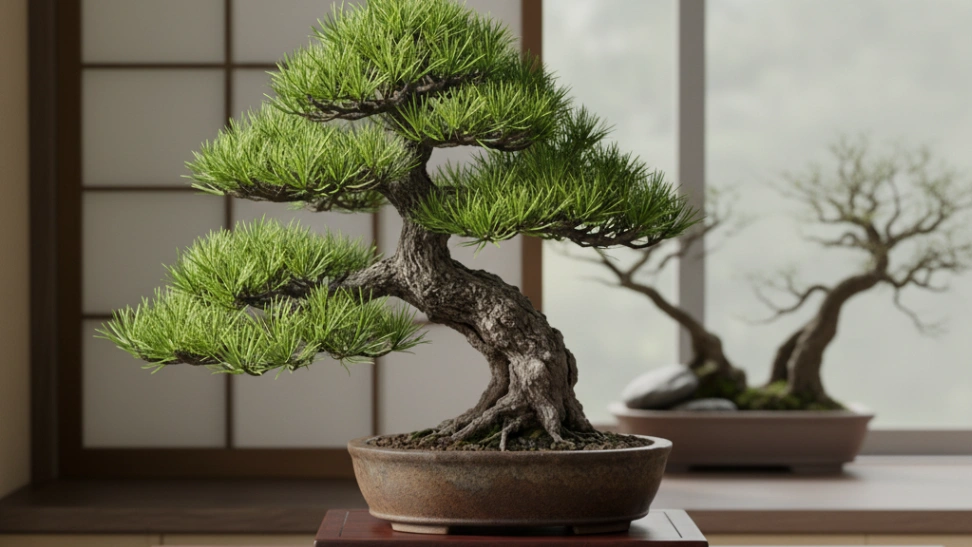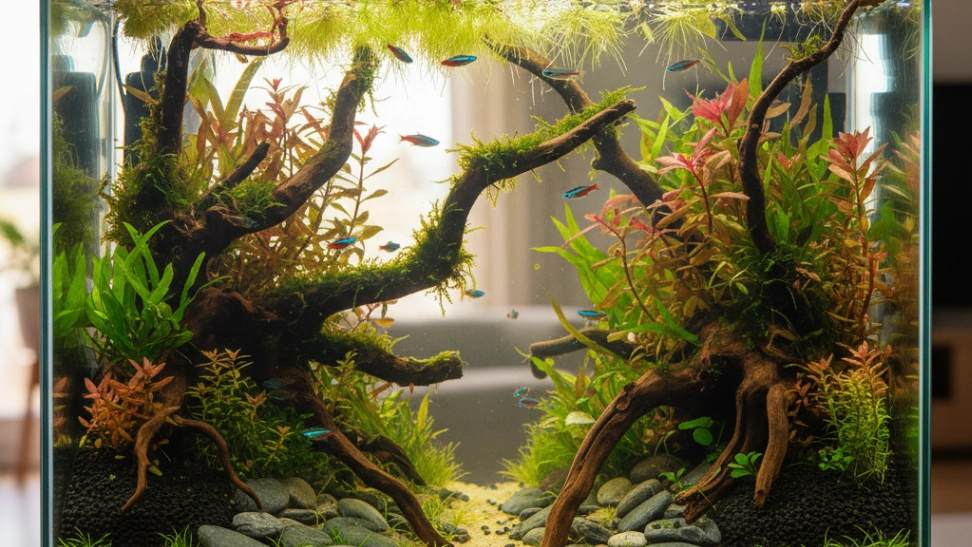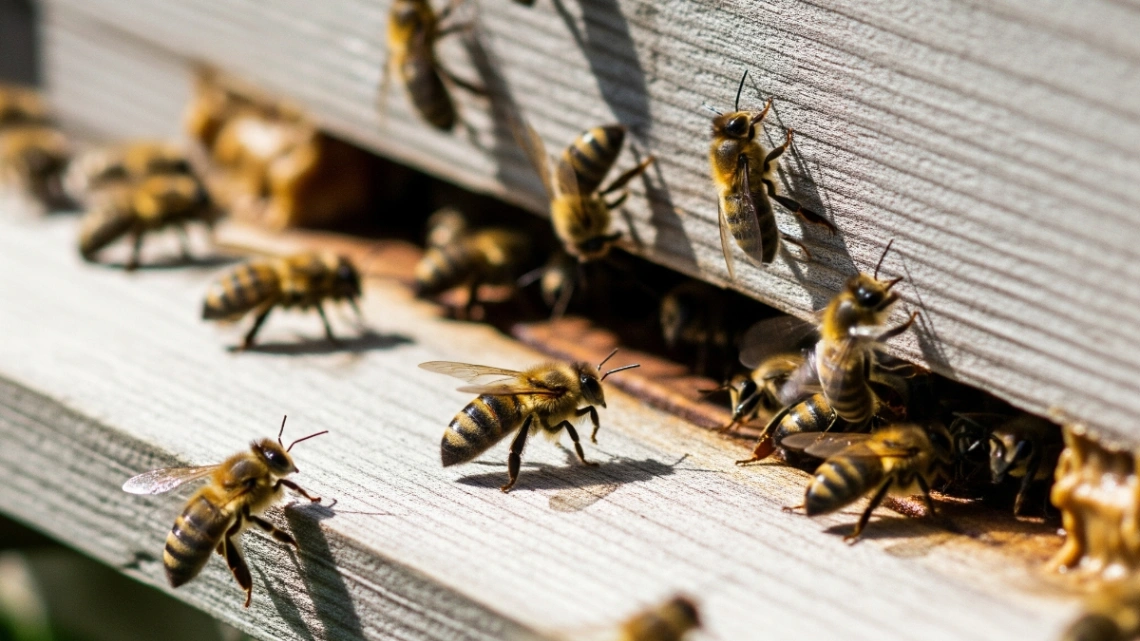Is This Hobby For You?
This hobby is ideal for patient individuals who enjoy horticulture, artistic expression, and a deep, meditative connection with nature.
Why You'll Love It
- Develops immense patience, focus, and observational skills through meticulous care.
- Offers a profound, ongoing connection to nature and the cycles of life and growth.
- Allows for continuous artistic expression and personal development as a living sculpture evolves.
Good to Know Before You Start
- Requires significant long-term commitment and dedication to the tree's continuous needs.
- Initial investment can be substantial for quality tools, pots, and mature starter trees.
- Mistakes, especially with pruning or watering, can be slow or difficult to rectify, sometimes leading to tree loss.
Hobby Traits
How the community rates this hobby.
Getting Started: The Essentials
The basic requirements to begin your journey with Bonsai.
Startup Cost
$120
Community-voted average
Ongoing Cost
Very Low
Monthly upkeep estimate
Essential Gear
Bonsai Shears/Concave Cutters
Specialized tools for precise branch and root pruning, essential for shaping and maintaining health.
Bonsai Wire (Aluminum/Copper)
Used to gently shape and position branches and trunks, guiding growth over time.
Bonsai Soil Mix
A well-draining, aerated soil specifically formulated for bonsai trees to promote healthy root development.
Drainage Mesh
Placed over drainage holes in the pot to prevent soil loss while ensuring proper water flow.
Starter Bonsai Tree
A pre-nursery tree or small plant suitable for training, often a juniper, ficus, or elm.
Watering Can with Fine Rose
Allows for gentle, even watering that doesn't disturb the soil or delicate roots.
Learning Curve
Overall Difficulty: Medium
Associated Skills
Skills you can expect to develop while pursuing this hobby.
A Closer Look at the Traits
Very Calm
A deeply relaxing and meditative activity with minimal physical effort.
Purely for Fun
Pursued purely for enjoyment, relaxation, and the fun of the activity itself.
Outdoorsy
Best enjoyed outside, but can often be done in a park or your own backyard.
Moderately Mental
Primarily a mental activity, but may have some light physical components.
Purely Creative
A highly creative and expressive outlet for your imagination and artistic side.
Very Solo
A deeply personal and solitary activity, perfect for quiet time and introspection.
Frequently Asked Questions
Similar Hobbies
Hobby Traits
How the community rates this hobby.



